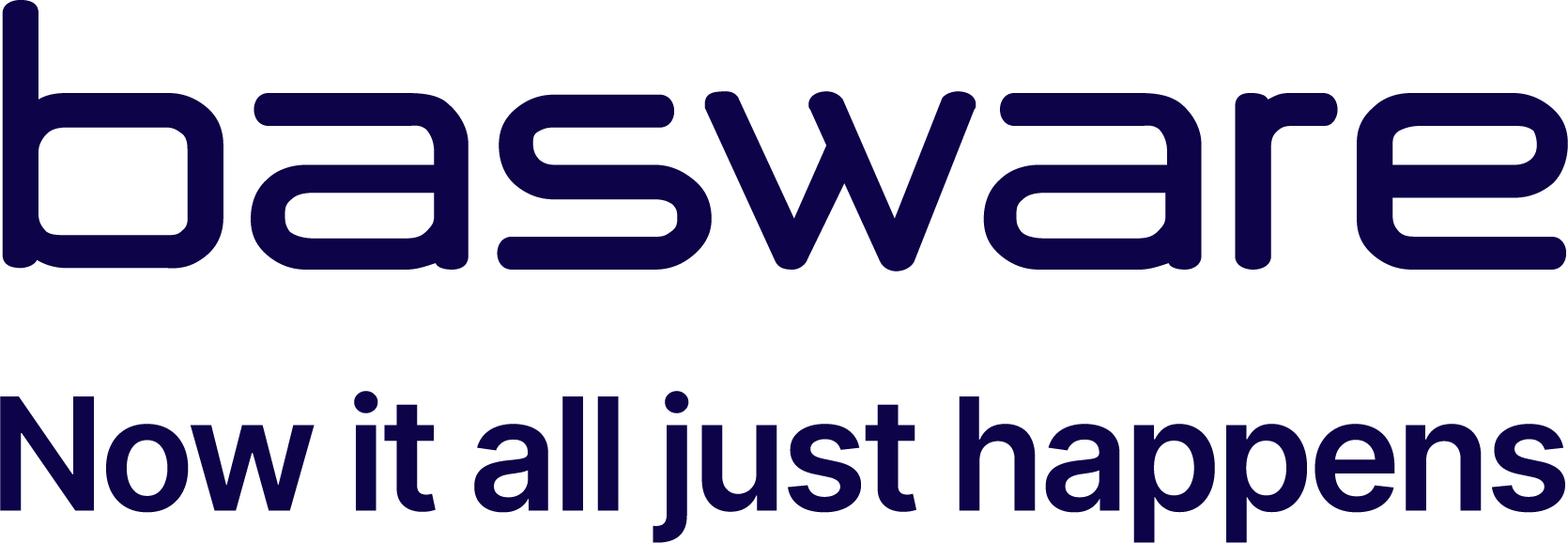A GST/HST registrant must collect and remit GST/HST on sales of taxable supplies. The Excise Tax Act provides three classifications for supplies; fully taxable supplies, zero-rated supplies, and exempt supplies. How a supply is classified will determine to what extent a registrant must collect GST/HST, and what input tax credits (ITCs) and refunds that supplier may otherwise be entitled to. Classifying a supply depends on its nature and the scheduled lists of the Excise Tax Act itself. The distinction between expenses as fully taxable, zero-rated or exempt is complicated and essential for most any business engaging in commercial activity. If you are unsure how to classify a particular expense or what GST/HST benefits might be available for your business, then you should contact an expert Canadian tax lawyer.
Source: taxpage.com
Latest Posts in "Canada"
- Leveraging the Taxpayer Bill of Rights During a CRA GST/HST Audit
- New GST Voluntary Disclosure Guidelines: Major Changes to CRA’s VDP Now in Effect
- Navigating GST/HST on Domestic and International Freight Transportation Services in Canada
- Final 2025 GST/HST Credit Payments Released for Eligible Canadians on October 3
- Ensuring Compliance: Québec’s Uniform Fiscal Documentation and Reporting Requirements















